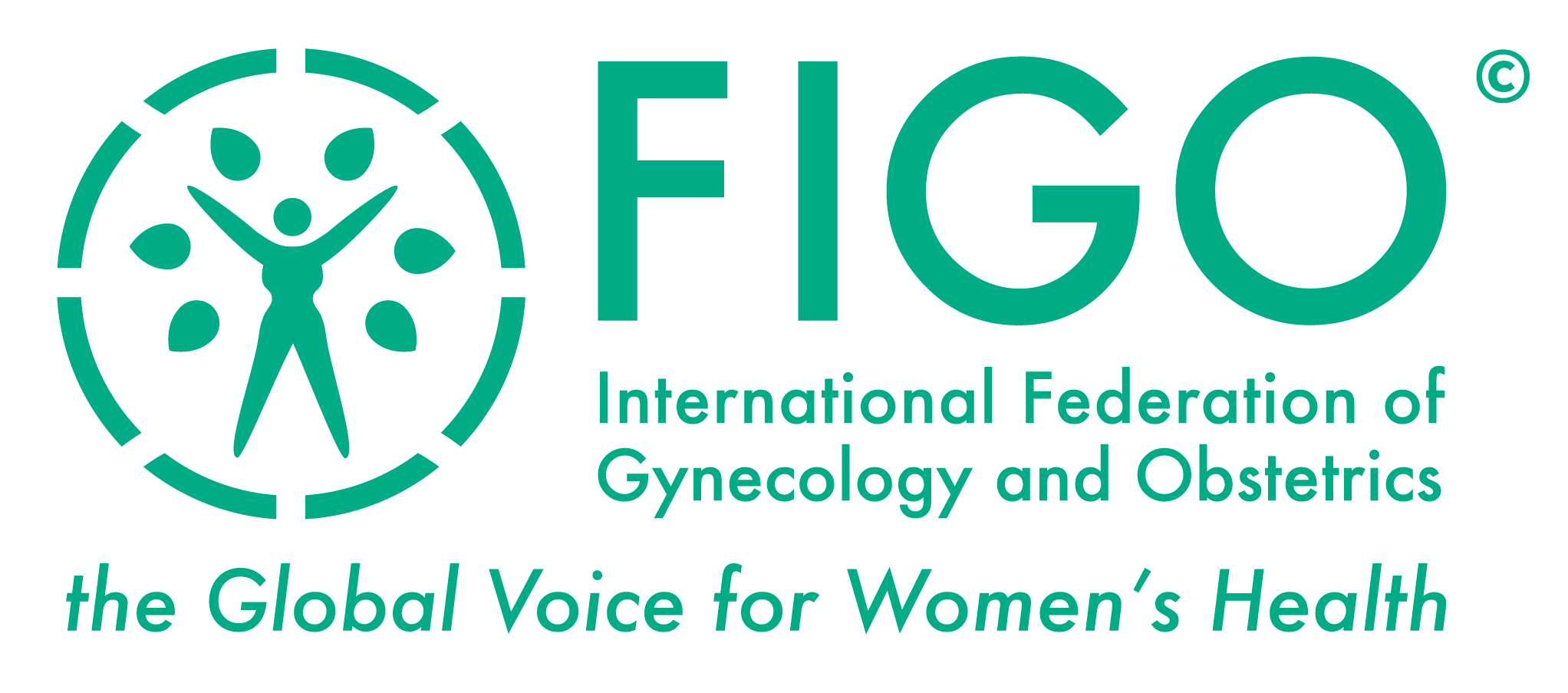Tomlinson M, Lewis S, Morroll D; British Fertility Society.
Sperm quality and its relationship to natural and assisted conception: British Fertility Society guidelines for practice. Hum Fertil (Camb). 2013 Sep; 16(3):175-93. Doi: 10.3109/14647273.2013.807522. Epub 2013 Jul 17.
AbstractReports on the influence of semen parameters on natural or assisted pregnancy are contradictory, suggesting that the many confounding variables which contribute to outcome have not been taken into account. However, it is possible to derive some consensus for both natural and assisted conception by focussing on studies which use WHO-recommended semen analysis on relatively large populations, applying appropriate statistics and accounting for 'female factors'. The concentration of progressively motile sperm has consistently been shown to be the most predictive factor with regard to outcome. Around 64% of studies suggest that a reasonable chance of success with artificial insemination requires at least 5 × 10⁶ motile sperm and this is supported by the WHO's revised reference range for natural conception. Sperm morphology remains controversial, with a lack of standardisation across centres, the adoption of ever-stricter scoring criteria and changing reference values. Antisperm antibodies do not appear to influence outcome independently of sperm motility and agglutination. Sperm DNA damage appears to be related to sperm quality, embryo development and pregnancy loss, yet there remains no consensus on the best testing procedures, clinical reference values and how patients with an adverse result should be managed. In conclusion, laboratories should continue to focus on reducing the uncertainty and improving the quality of their basic semen analysis.
